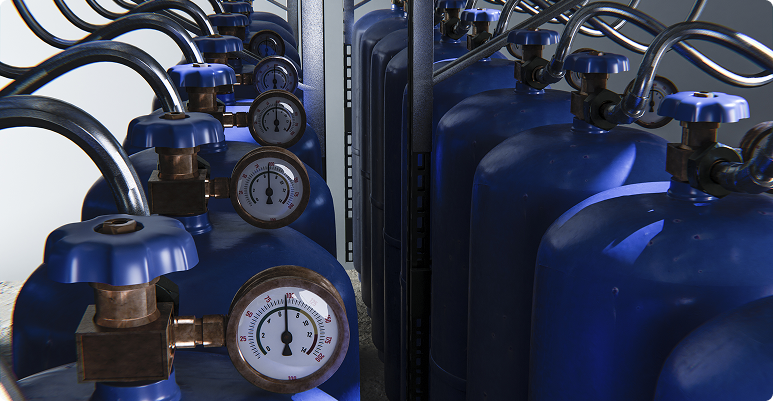Oxygen Administration

Oxygen Administration
Oxygen administration is a medical procedure involving the provision of extra oxygen to individuals who have difficulty breathing or are unable to maintain adequate oxygen levels in their blood. This therapy is essential for patients with various respiratory conditions or those experiencing acute health issues affecting their oxygen saturation. Here’s an overview of what oxygen administration entails:
what is Oxygen administration?
Oxygen administration is a medical procedure involving the provision of extra oxygen to individuals who have difficulty breathing or are unable to maintain adequate oxygen levels in their blood. This therapy is essential for patients with various respiratory conditions or those experiencing acute health issues affecting their oxygen saturation. Here’s an overview of what oxygen administration entails
Key Aspects of Oxygen Administration
-
Assessment
-
Types of Oxygen Delivery Systems:
-
Nasal Cannula: A common method for providing low to moderate levels of supplemental oxygen.
-
Oxygen Mask: Used for higher oxygen needs; can be a simple face mask or a more sophisticated mask like a non-rebreather mask.
-
Venturi Mask: Provides precise oxygen concentration, often used when it's crucial to control the amount of oxygen delivered.
-
High-Flow Nasal Cannula: Delivers higher rates of oxygen for more severe cases.
-
-
Setting and Adjusting Flow Rate
-
Monitoring
-
Safety Precautions:
-
Ensuring the equipment is functioning correctly.
-
Being aware of fire hazards since oxygen supports combustion.
-
Regularly checking the skin around the oxygen delivery device for signs of irritation or breakdown.
-
-
Education and Instruction
-
Emergency Preparedness
who needs Oxygen Administration?
Oxygen administration is typically required by individuals who have difficulty maintaining adequate levels of oxygen in their blood, a condition known as hypoxemia. Various medical conditions and situations can lead to the need for supplemental oxygen. Here are some of the primary groups and conditions that may require oxygen administration:
-
Chronic Obstructive Pulmonary Disease (COPD)
-
Pneumonia
-
Heart Failure
-
Asthma
-
Sleep Apnea
-
Pulmonary Fibrosis
-
Cystic Fibrosis
-
Acute Respiratory Distress Syndrome (ARDS)
-
Lung Cancer
-
Neuromuscular Disorders
-
Trauma to the Respiratory System
-
Post-Surgical Patients
-
Infants with Respiratory Distress
-
Altitude Sickness
-
Carbon Monoxide Poisoning
-
Severe Infections or Sepsis
In each of these cases, the use of supplemental oxygen can help ensure that tissues and organs receive enough oxygen to function properly. The specific need for oxygen therapy, including its duration and intensity, is determined based on the individual’s medical condition, oxygen levels in the blood, and overall health status.
How can our nurses help?
Nurses play a crucial role in the administration and management of oxygen therapy. Here are several ways nurses can help ensure safe and effective oxygen administration:
-
Assessment of Oxygen Needs
-
Administering Oxygen
-
Patient Education and Comfort
-
Monitoring for Complication
-
Documentation and Communication
-
Emergency Preparedness
-
Holistic Care
By fulfilling these responsibilities, nurses ensure that oxygen therapy is administered safely and effectively, helping patients to achieve better respiratory function and overall health outcomes.

Why do feeding tube insertions at home?

Save your Time
Avoid long waits and reduce the risk of infections in the hospital

Comfort and privacy
Nursing procedures can be done in the comfort of your home with the same level of effectiveness as in the hospital

Faster response time
We are able to get a nurse to you in as quickly as 2 hours (urgent charges may apply)

Lower overall cost
No hefty ambulance and A&E fees